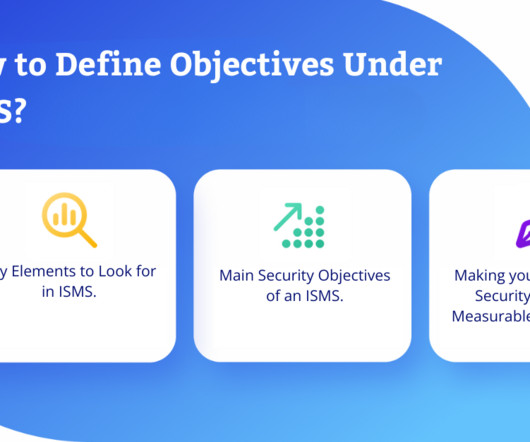Who’s the Boss? Successful Risk Mitigation Requires Centralized Leadership
MHA Consulting
FEBRUARY 23, 2023
This is so whether the company is applying some combination of the four main risk mitigation strategies (risk acceptance, risk avoidance, risk reduction, and risk transfer) or implementing such specific measures as installing a backup power generator or requiring the use of secure VPNs.













Let's personalize your content